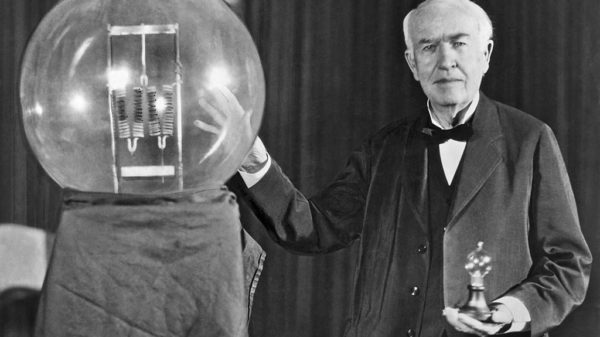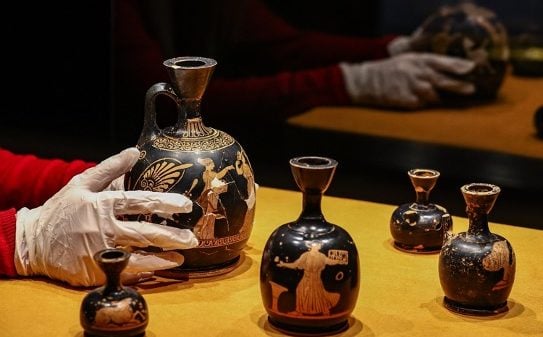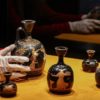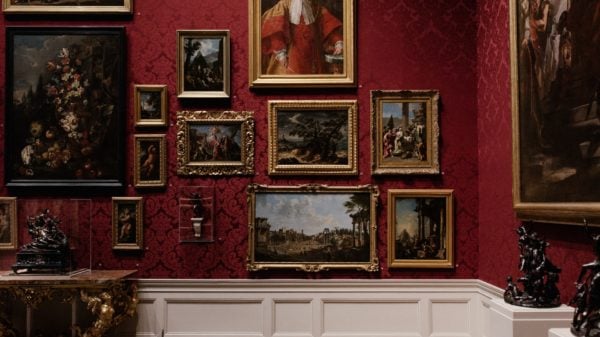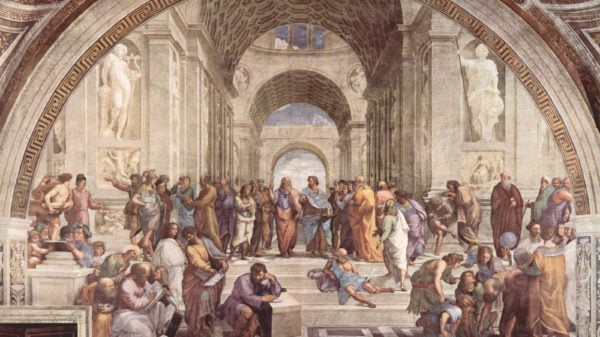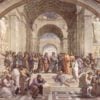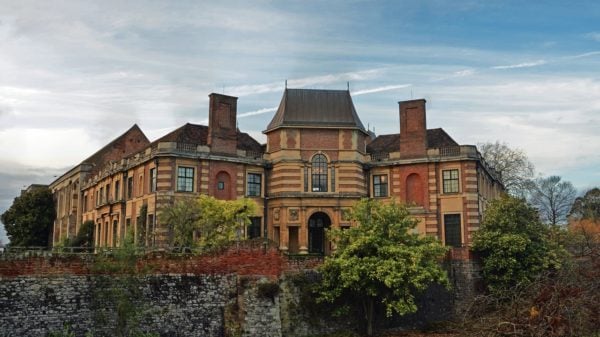You can find many stone circles, cairns, carvings, and standing stones in the Celtic world carved in rocks dating from prehistory before any written records existed. According to archaeologists’ study, the ancient Irish were the first to document a solar eclipse that happened 5,354 years ago.
They also discovered a geometric etching showing the eclipse is thought to rest inside the Cairn L. It is one of the two most significant monuments on Cairnbane West in Ireland’s County Meath. You can find carvings of concentric lines and circles behind the chamber of the cairn.
Aligning the Sun and the Moon
Back then, ancestors were fond of the constellations to the point that they were eager to discover more about them. Most of their data were either destroyed or lost through time, but professional researchers and technology found a way to recover the lost data. One research piece from the 2016 Journal of Archaeological Science showed that the Standing Stones of Stenness on Orkney and the Scottish Callanish Stones on Lewis, both dating between 4000 BC to 2600 BC, were made to line up with the orbits of the sun and moon. Researchers found that the stones were positioned to bridge with the sun and moon path in contrasting cycle points.
A Belief in Every Ancient Monument
You should know that the Tuatha Dé Danann holds a notable feature in Scottish, Irish, and Manx mythology. They were thought to have mystic powers, and they were critical to the Gaelic people. The Tuatha Dé Danann belonged to “Aos Si,” or the Otherworld community whose world was outstretched through hills, mists, lakes, wetland areas, caves, ponds, ancient burial sites, mounds, and cairns.
Typography plays a significant role in Celtic storytelling, so it is no wonder artificial and natural features are critical in local culture and history, along with place names to relate supposed etymologies. The Callanish Stones, or Clachan Chalanais in Scottish Gaelic, are thirteen vertical-standing stones that formed a thirteen-diameter circle. You can find the stones in the village of Callanish on the west of Lewis Fir Bhreig, translated to “The False Men.”

A wide shot photo of the Callanish Standing Stones on the Isle of Lewis
A well-known folk tradition said that the stone formation was said to be giants who declined to construct a church for St. Keiran and ultimately turned into stone. Some state that the stones would turn back into their old forms in specific instances of the day or year. Statements from locals said that the stones would move on their own.
Another well-known folk tradition surrounding the stones is that on a midsummer morning, an unknown entity called “The Shining One” walks the length of the avenue of the stone pillars. His arrival is signaled by the cuckoo’s sound, a bird of the Celtic land of Tir-nan-Og, which is also another explanation of the Celtic Otherworld.



